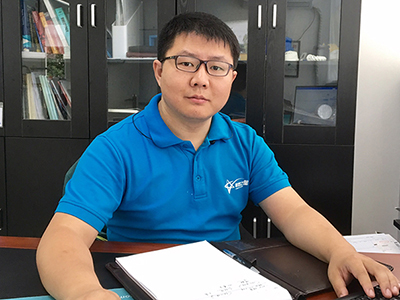Calling All Alumni Entrepreneurs: Apply for ’CUSE50 Awards
Did you cultivate your entrepreneurial skills as a student at Syracuse University and either founded or currently own your own business as an Orange alumnus? If so, you’re encouraged to apply for the University’s third annual ’CUSE50 Alumni Entrepreneur Award,…


